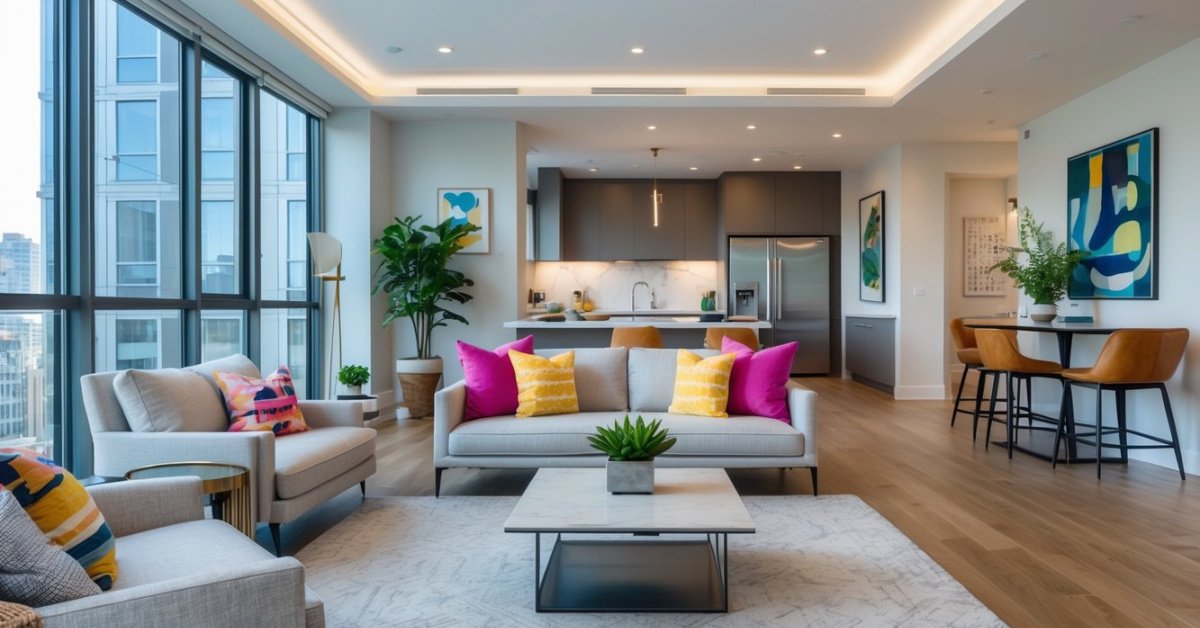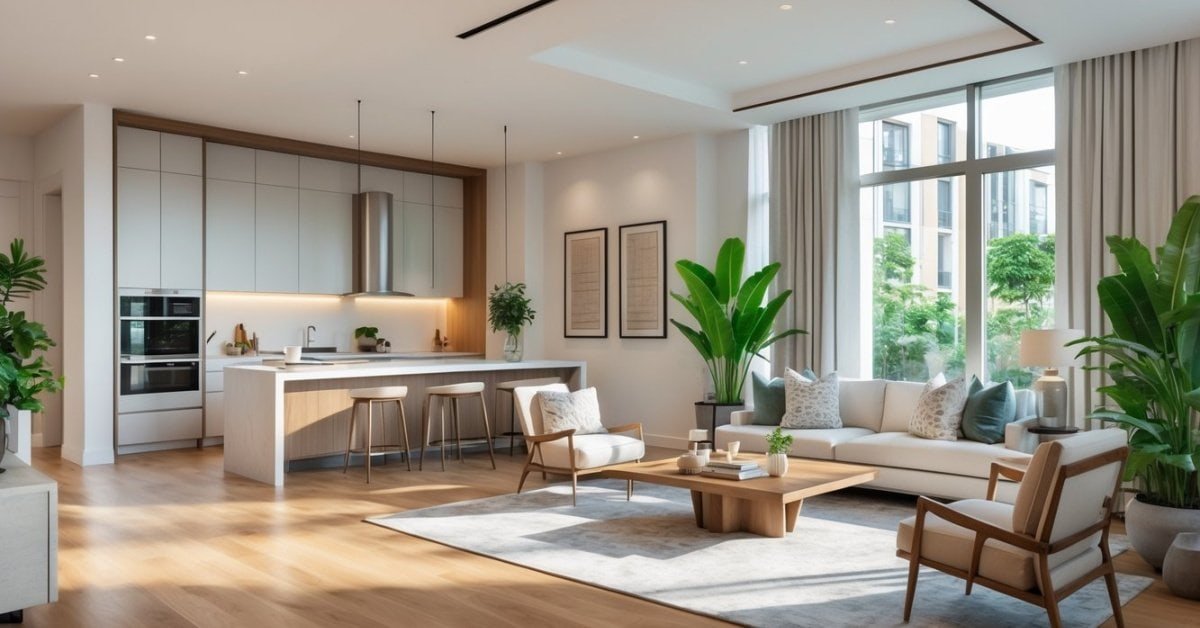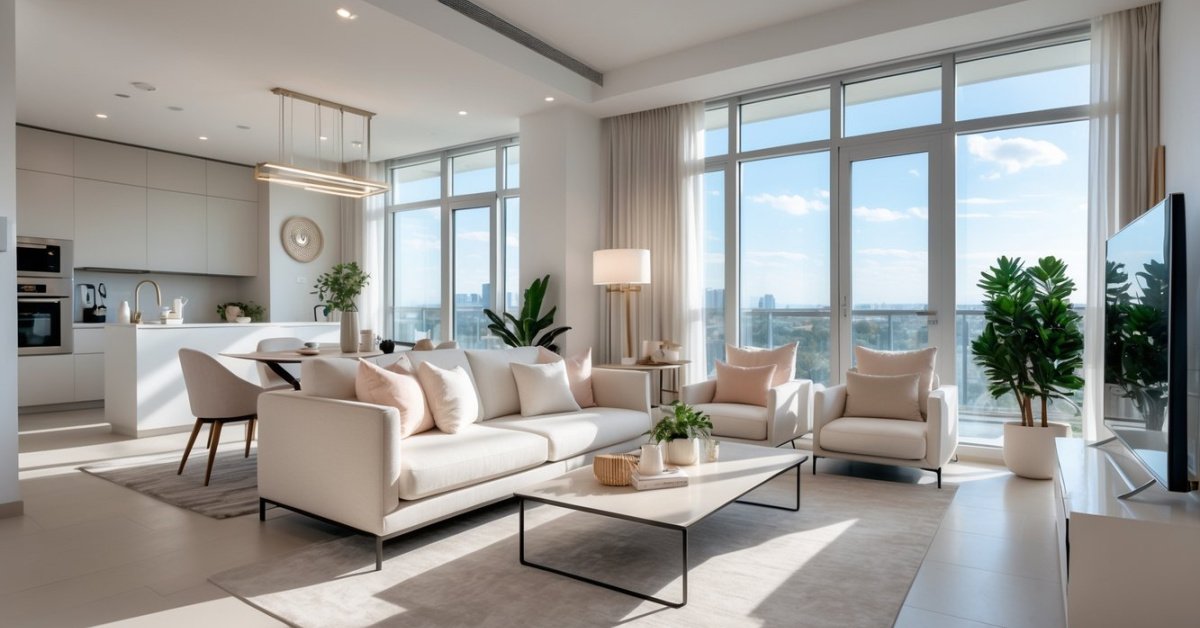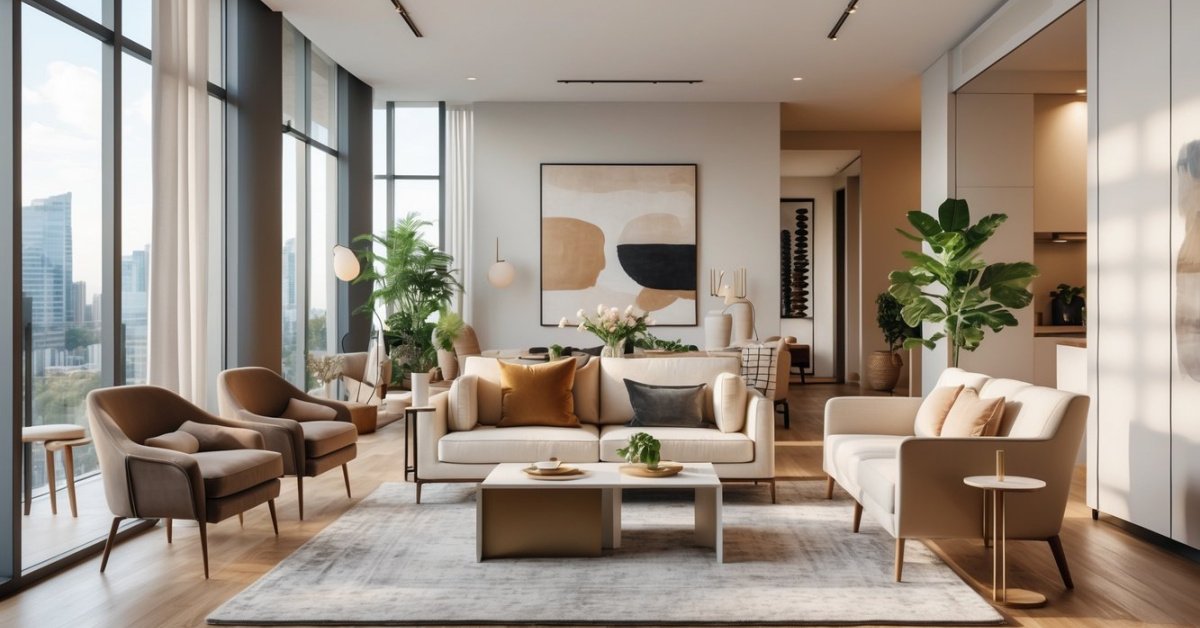Key Takeaways
- Thorough planning and realistic budgeting are essential for managing apartment renovation costs and avoiding financial stress.
- Major cost factors include project size, material choices, labor fees, building permits, and hidden or unexpected repairs.
- Always set aside a 10%-20% contingency fund to cover unforeseen expenses commonly encountered during renovations.
- Compare multiple contractor quotes and mix DIY tasks with professional services to maximize savings without compromising quality.
- Prioritize high-impact areas like kitchens and bathrooms and schedule renovations during off-peak seasons for better rates and less disruption.
- Carefully track expenses and negotiate with vendors and contractors for discounts to keep your renovation on budget.
Renovating an apartment always sounds exciting until I start crunching the numbers. Suddenly those dream upgrades can feel overwhelming when the bills start piling up. I’ve learned that managing renovation costs isn’t just about pinching pennies—it’s about making smart choices from the very beginning.
I want my space to look great without breaking the bank. That’s why I focus on planning ahead and setting realistic expectations. With a little creativity and a clear budget, I’ve found it’s totally possible to transform any apartment without the financial stress.
Understanding Apartment Renovation Costs
Apartment renovation costs depend on several key factors, and I’ve learned to watch each closely after years of flipping spaces as both a contractor and designer.
- Size and Scope
Project scale directly shapes renovation expenses. A full-gut remodel in a 750-square-foot apartment costs far more than a cosmetic upgrade. For example, swapping cabinet faces and painting walls often stays under $10,000, while a full kitchen or bathroom overhaul typically ranges between $20,000 to $40,000.
- Material Choices
Materials contribute a large chunk to the total outlay. Using quartz countertops instead of laminate can double surface costs. For flooring, engineered wood averages $8-$12 per square foot installed, while high-end hardwood can top $20 per square foot.
- Labor and Professionals
Professional fees represent a significant investment. Licensed electrician and plumber work starts around $90 an hour in most cities. Designers and architects add 10%-15% of the project price as their fee.
- Building Regulations
Building rules and permit requirements impact both the budget and project timeline. Many apartments in older or luxury buildings require approvals for structural, electrical, or plumbing changes. Permit fees in large cities like New York usually fall between $1,500 and $6,000.
- Unexpected Issues
Renovation surprises happen, particularly in older units. Water damage behind tile or outdated electrical wiring often adds $3,000–$8,000 to the bill unexpectedly.
| Factor | Typical Range/Example |
|---|---|
| Cosmetic Upgrade | $10,000 or less |
| Full Kitchen Remodel | $20,000–$40,000 |
| Engineered Wood Floors | $8–$12/sq. ft. installed |
| High-end Hardwood | $20+/sq. ft. installed |
| Contractor Labor | $90/hour average |
| Building Permits | $1,500–$6,000 |
| Unforeseen Repairs | $3,000–$8,000 |
Recognizing these cost influencers lets me guide clients and DIYers to smarter plans. In my contractor and design work, I always advise keeping at least 10%-20% of the total renovation budget aside for issues that appear after demolition begins.
Setting a Realistic Budget
Setting a realistic budget anchors every successful apartment renovation. I rely on a structured approach that balances creative ambition with a clear financial roadmap.
Identifying Essential vs. Optional Upgrades
Prioritizing essential upgrades streamlines any apartment project. I always list must-haves first—upgrades like kitchen plumbing, electrical rewiring, or structural fixes. Next, I list optional touches, such as custom shelving, designer tiles, or high-end fixtures. Filtering wants from needs helps stretch the budget farther, especially when space and resources are both limited.
Accounting for Hidden and Unexpected Expenses
Including a buffer for hidden costs protects your project from expensive surprises. I recommend setting aside at least 10%-20% of your total budget for problems like outdated wiring, water damage, or building code upgrades. This contingency fund covers typical apartment issues I see in older units—unforeseen repairs can derail the timeline if unplanned. Factoring in these expenses early makes the financial plan more resilient and accurate.
Saving Money on Materials and Labor
Stretching apartment renovation budgets gets easier with careful selection of materials and labor strategies. My experience as both a contractor and designer lets me spot cost-cutting opportunities while maintaining style.
Comparing Quotes from Contractors
Requesting multiple bids for the same project scope helps me control renovation labor costs. I always provide each contractor with identical details, then compare quotes line by line. I check for material allowances, labor rates, cleanup policies, and timelines. Licensed and insured contractors who offer transparent itemized estimates earn priority, even if their total price isn’t the lowest. I ask about discounts for bundled services—for example, handling both tile and painting in one contract. This comparison process can save 15%-30% on labor for kitchen or bathroom updates over simply hiring the first pro I meet.
DIY vs. Professional Services
Choosing which tasks to handle myself lets me trim apartment renovation costs. Painting walls, installing basic shelves, or swapping hardware count as manageable DIY projects for most clients. Electrical, plumbing, and structural work always go to licensed professionals—local building codes require permits and specialized skills for these. I weigh the price difference: DIY can cut labor charges by 40% or more for tasks like backsplash installation or laminate flooring. For specialized trades like rewiring or installing plumbing lines, skimping on expertise risks expensive mistakes or safety issues. My approach: mix DIY efforts with targeted professional help to optimize results without overshooting the budget.
Prioritizing Renovation Projects
Prioritizing renovation projects creates the structure for a cost-effective upgrade. I always cue up my strategy around high-impact improvements and smart timing to make every dollar count.
Tackling High-Impact Areas First
Focusing on high-impact spaces boosts apartment value and livability. Kitchens and bathrooms deliver the biggest returns, so I like to start there. For example, updating cabinets, countertops, and fixtures turns a tired kitchen into a statement room. Simple bathroom upgrades—like modern vanities or new tile—make a major difference for resale or rental appeal. I look for worn flooring, faded paint, or dated lighting as quick, visible wins in living areas too. Addressing these visually dominant zones first gives the whole apartment a refreshed look, even before smaller updates.
Timing Your Renovations Strategically
Planning renovations around key times saves money and stress. I schedule large projects in the off-season, usually late fall or early winter, since contractors are less booked and materials sometimes drop in price. When I know the building’s slow periods, I coordinate work to avoid move-in or busy times, which keeps neighbors and building management happy. If I have to juggle multiple trades—like a plumber or electrician—back-to-back, I sequence their work to minimize downtime and overlapping labor costs. Strategic timing smooths out costs and helps the renovation stay on track without unnecessary delays.
Effective Cost Management Strategies
Smart cost management keeps apartment renovations on course without unwanted surprises. I rely on clear tracking and active negotiation to stretch every dollar further.
Tracking Expenses Throughout the Process
Careful expense tracking keeps budget overruns in check. I always use digital spreadsheets or project management apps to log every purchase, from paint samples to electrical fixtures. Regularly updating these records—ideally every two or three days—shows me which areas are eating into the budget fastest, like custom cabinetry or specialty lighting. I sort expenses by category, such as labor, permits, or appliances, making it easier to spot cost spikes. When subcontractors submit new invoices, I cross-check each line item against my estimates before approval. If unexpected repairs arise, like water damage behind walls, adding details immediately keeps the totals accurate and helps me rethink upcoming purchases if needed.
Negotiating with Vendors and Contractors
Active negotiation helps me secure discounts on big-ticket materials or services. I always ask vendors for price breaks when I’m ordering in bulk, especially on flooring, tile, or paint. When hiring contractors, I get at least three detailed bids for every trade—plumbers, electricians, and general carpenters, for example. I compare line items, confirming that each bid lists the same scope, which highlights padding or missing work. I’ll point out competitive pricing to my preferred contractor, sometimes leveraging a lower quote to get a better rate or upgraded materials. If suppliers or subcontractors sense I’m ready to sign on the spot, they often throw in extra perks like free delivery or expedited work. By pushing for these advantages, my projects stay high-quality and budget-friendly, letting me create standout apartments without overspending.
Conclusion
Managing apartment renovation costs might seem daunting at first but it’s absolutely possible to create a space you love without breaking the bank. I’ve found that a thoughtful approach and a bit of flexibility go a long way in making the process smoother and more enjoyable.
Every project comes with its own set of surprises but with careful planning and a willingness to adapt you’ll be able to handle challenges as they come. Trust yourself to make smart choices and remember that even small changes can have a big impact on your home and your budget.





